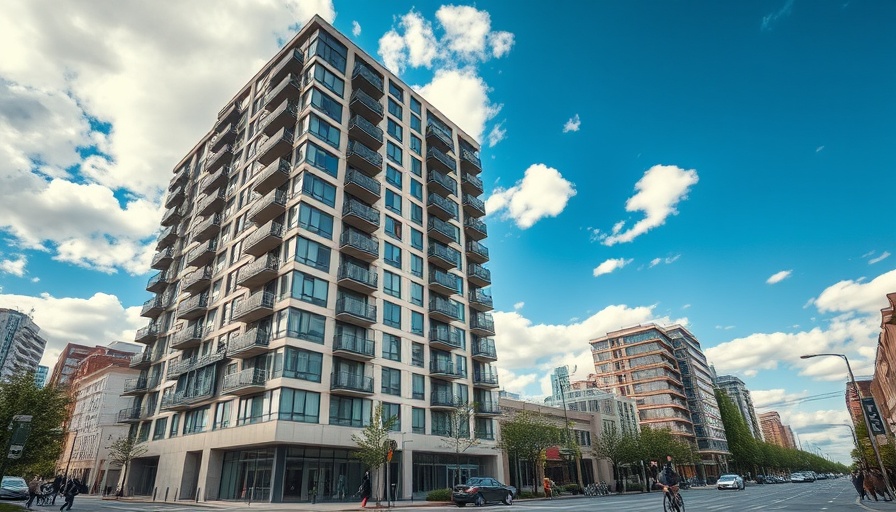
How Bishop Ranch is Redefining the Bay Area Housing Landscape
Bishop Ranch, a prominent office park located in San Ramon, California, is set to undergo a significant transformation. With a strategic move to tear down a staggering 761,000 square feet of outdated office space, the development is pivoting towards residential housing, showcasing a trend that reflects the changing dynamics of the local economy and the real estate market.
The Shift from Office to Home: A Growing Trend
This redevelopment comes at a time when many companies are reevaluating their office space needs, resulting in an increase in vacancies in commercial real estate. The COVID-19 pandemic has intensified this trend, with remote work becoming a permanent fixture for many organizations across the globe. The decision to replace sprawling office complexes with townhomes and other residential units not only speaks to the evolving preferences of residents but also aims to address the housing shortage in the Bay Area, a region known for its high cost of living.
What This Means for Local Families and Communities
For parents and adults seeking homes in a rapidly growing area, the opportunity to live near their workplaces becomes tantalizing. As the overhaul at Bishop Ranch progresses, it promises to provide a significant boost to housing stock, facilitating community growth and strengthening local neighborhoods. Creating a more vibrant living environment will not only enhance the quality of life for existing residents but also attract new families to the area, fostering a diverse community.
Future Predictions: What Lies Ahead for Bishop Ranch?
The new development at Bishop Ranch is part of a broader trend encompassing San Francisco and the surrounding areas. As cities grapple with the challenges of accommodating growing populations within limited space, more projects like this may emerge. Experts predict that similar initiatives will find favor as municipal governments recognize the pressing need for balanced development that incorporates both residential and commercial spaces. This approach is likely to promote sustainable living environments that can adapt to the changing needs of modern families.
Local Insights: Real Estate and Economic Implications
As San Francisco continues to witness shifts in its real estate landscape, understanding the local market becomes vital for stakeholders. The transformation at Bishop Ranch can serve as a model for other developments in the area, highlighting the benefits of creative, mixed-use projects that prioritize community needs. By combining office and living spaces, developers can create hubs that stimulate local economies while providing a sense of place for residents.
The Human Element: Stories Behind the Change
Communities thrive on connections, and the stories of those affected by changes at Bishop Ranch paint a compelling picture. For individuals longing for affordable housing options, the hope for newly built townhomes could mean the difference between leaving the Bay Area or finding a manageable, welcoming home. Speaking to residents in the surrounding neighborhoods, we hear about their aspirations and the foundation dreams laid for their families in this promising area.
A Call to Action: Investing in Our Communities
As changes unfold at Bishop Ranch, it is essential for local leaders and residents to participate in the conversation about future developments. Engaging with municipal planning initiatives ensures that community voices are heard, and that new housing projects align with the needs and desires of the population. Whether through city workshops, community discussions, or local forums, staying involved is crucial to shaping the future of the Bay Area.
The transformation at Bishop Ranch represents not only a shift in zoning but a commitment to meeting community needs by providing accessible housing options. We invite local stakeholders and residents alike to participate in this ongoing dialogue, ensuring that the future of their neighborhoods reflects the aspirations of all its inhabitants.
 Add Row
Add Row  Add
Add 




 Add Row
Add Row  Add
Add 

Write A Comment